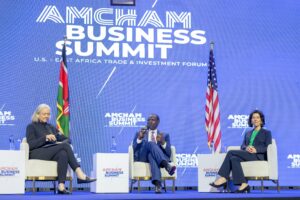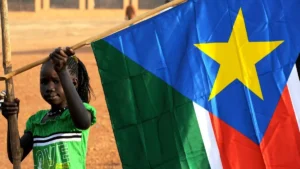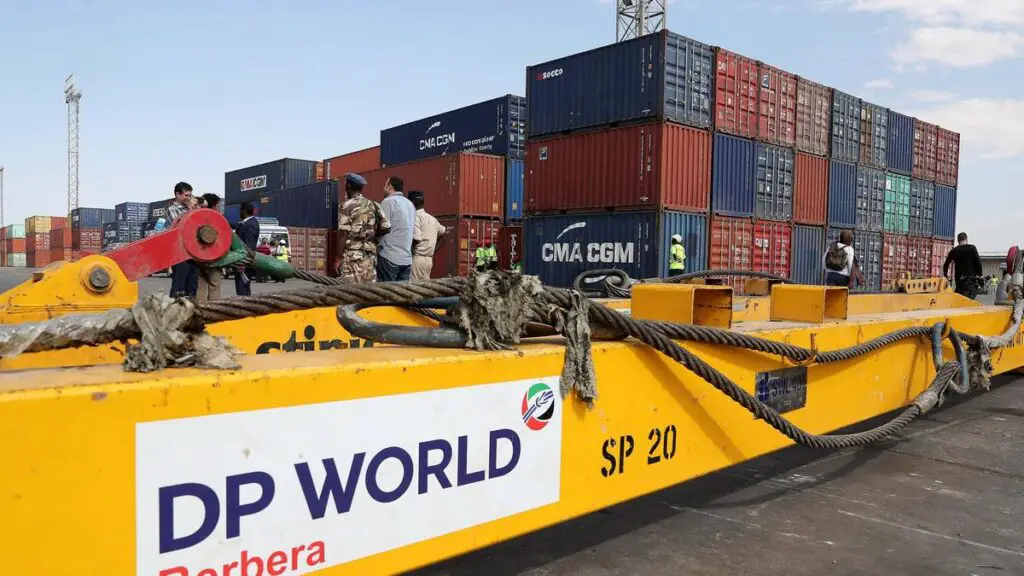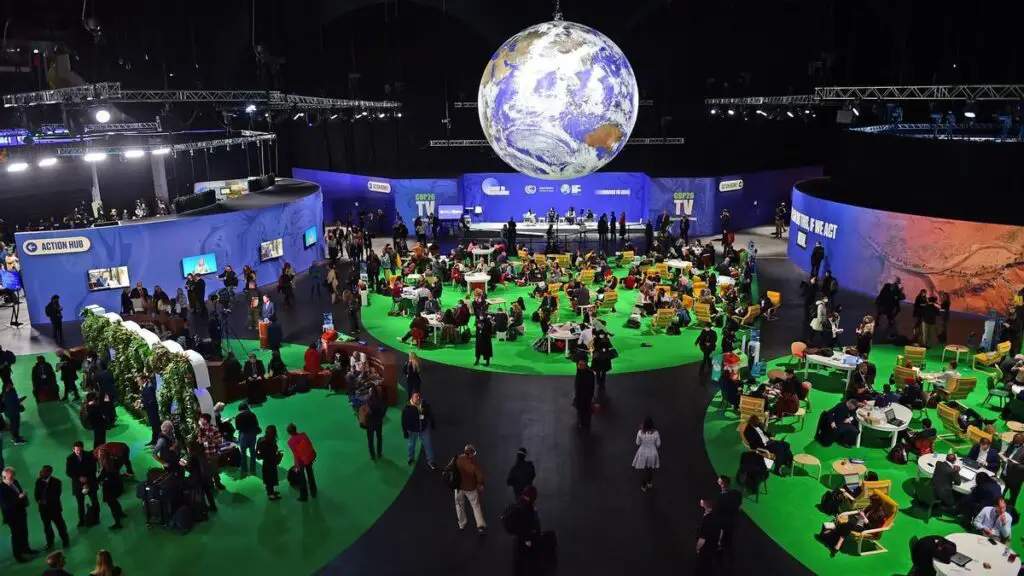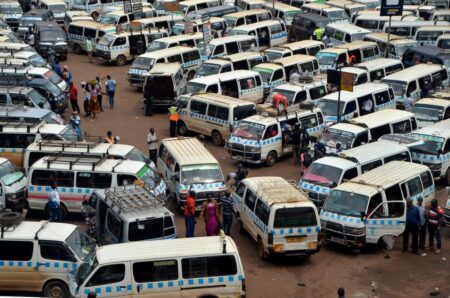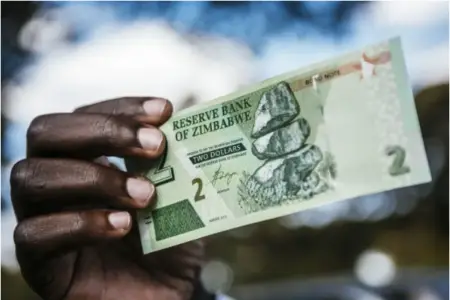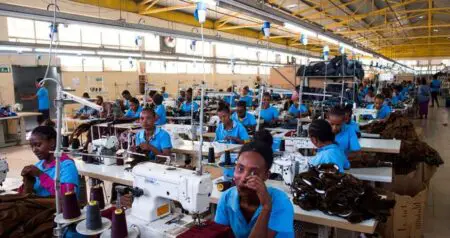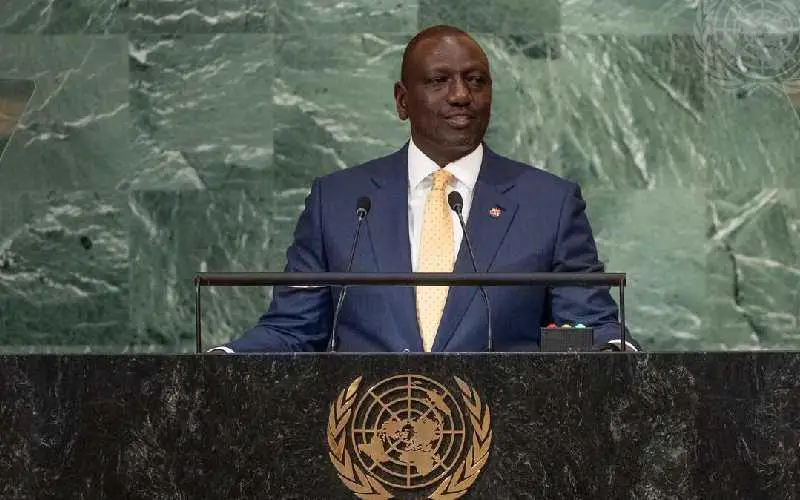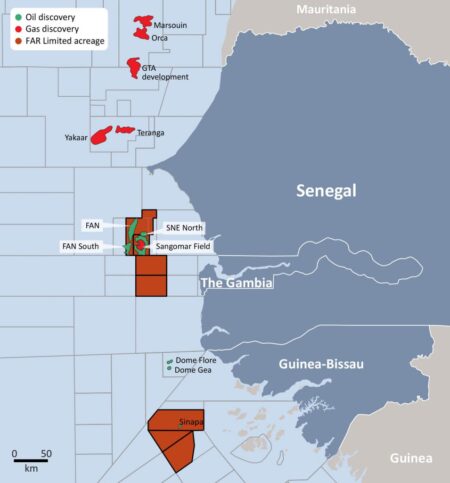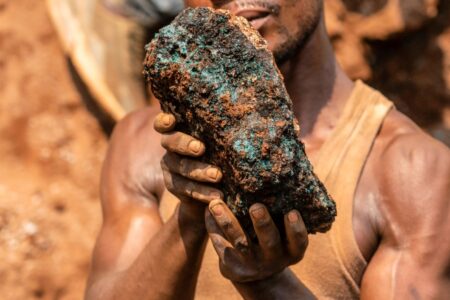- History beckons as push for Kenya’s Ruto to address US Congress gathers pace
- IMF’s Sub-Saharan Africa economic forecast shows 1.2 percent GDP growth
- The US Congress proposes extending Agoa to 2041, covering all African countries
- Millions at risk of famine as fuel tax row halts UN aid operations in South Sudan
- Empowering the Future: Humanity Protocol’s Dream Play Initiative
- TikTok Community Guidelines update aims to curb hate speech and misinformation
- Rwanda sees 39% surge in bank borrowers as Sacco and MFI loan uptake declines
- Kenya Ports Authority wins dispute case over cargo release
Browsing: premium
African countries have been at a crossroads of whether to continue adopting the green energy transition in full throttle, or tap into the myriad economic opportunities, presented by the Russian-Ukraine war.
African gas has gained prominence in the global energy market pertinently from Europe, as it seeks to wean itself off Russian gas, through its ‘REPowerEU Plan’. The Plan is targeted at saving energy, producing clean energy and diversifying energy supplies. Hence, oil and gas producing countries in Africa, have been rushing to cash in on this ‘dash for gas.’
Oil and natural gas-producing countries in Africa like Mozambique, Nigeria, Libya, Egypt, Cameroon, DRC, Angola, Namibia, Algeria, Ghana, Gabon, Mozambique and Equatorial Guinea among others; have an invaluable window of opportunity, to contribute largely to the global energy landscape. These nations have been facing the dilemma of whether to give in to pressure from the West, to switch from fossil …
Africa continues to grapple with what has been described by the UN, as the ’perfect storm of horrors’, due to the plethora of troubles that has hit the continent. From the climate change crisis, drought and famine, conflict, Covid-19 pandemic and the Russia-Ukraine war. The war has especially wreaked havoc on the continent’s food security, due to disruptions in global supply chains pertinently in food, fuel and fertilizers. Food insecurity in the continent was already at an all-time high before the war, principally in the Horn of Africa due to the locust invasion which was climate-induced. The situation was worsened by the pandemic, but the war has caused a full-blown hunger crisis in many regions. Fertilizer shortages and their high prices thereof, continue to exacerbate the hunger quagmire.
According to the 2022 Global Report of Food Crises Mid-Year Update report, at least one in five Africans goes to bed hungry, …
Uganda Bureau of Statistics has indicated that the country’s inflation has for the first time since 2012 hit double digits, rising to 10 per cent in September 2022 from 2.7 per cent in January 2022 and 4.9 per cent in April 2022.
It is said that inflation above an annual average of 5 per cent retards economic growth and derails economic development.
According to an article titled Uganda grapples with soaring inflation amid persistent global uncertainties, the rise in inflation has been brought about by issues such as tightening of global financial conditions, which triggered investors’ exit from the domestic debt market, thus stoking depreciation pressures on the Uganda Shilling; the Russia-Ukraine conflict, which disrupted global production and supply chains; extended drought in some regions of the country; and increased global commodity prices.…
Zimbabwe’s decades old inflation has been worsened by the Russia-Ukraine war. Inflation in Zimbabwe remains one of the highest globally and the only country in Southern Africa with headline inflation above 50 per cent.
Prior to the war, rising inflation in Zimbabwe, low foreign direct investments, unsustainable foreign debt levels and corruption were among a plethora of problems plaguing Zimbabwe’s economy.
Zimbabwe’s economic problems started surfacing in 1997 when the regime of the late Robert Mugabe paid unbudgeted pensions to veterans of the country’s 1970s liberation war, leading to a currency collapse. The situation got worse in 1999 when Zimbabwe sent its troops to fight in Democratic Republic of Congo civil war that also drew armies from Uganda, Rwanda and Angola. A violent land reform programme that displaced nearly 5,000 commercial farmers, precipitating the crisis. Disputed elections and human rights violations led to the country’s economic isolation, which has taken …
Textiles and clothing are an essential part of everyday life and an important sector in the global economy, and more so Textile in Africa.
According to a report titled Circular economy in Africa: Fashion and textiles, in sub-Saharan Africa, the combined apparel and footwear market is estimated at $31 billion. The textile industry in Africa is estimated to grow at a compound annual growth rate of approximately 5 percent between 2019 and 2024. In addition, the production of cotton accounts for almost 7 percent of all employment in some low-income countries.
African countries boasted thriving textile industries in the 1970s and early 1980s. That was until the African market was flooded by what Kenyans call Mitumba (second-hand clothes), also called chagua in Rwanda, and salaula in Zambia, dealing the textile industry a blow leading to its deterioration.…
The new administration under President William Ruto, is striving to set the economy in the right tempo having inherited a heavily indebted government.
Through debt restructuring among other key economic reforms, Ruto’s administration is committed to quell inflation and create a thriving economy for all Kenyans.
The recently published East Africa Economic Outlook report, indicates that Kenya is among the countries in the region that could face rising risks of debt distress, thus widening fiscal and current account deficits, largely due to structural weaknesses exacerbated by the pandemic and the Russia-Ukraine war.
According to the 2022 African Economic Outlook (AEO), by AfDB inflation is projected to edge up to 7 per cent, close to the upper end of the target band at 7.5 per cent, caused by greater energy and food inflation. The Kenya National Bureau of Statistics (KNBS), reported that the country’s inflation rate as of October 2022 stood …
Libya’s economy has been teetering on the edge of a precipice since the ousting and killing of Colonel Muammar Gaddafi in 2011, as part of the protests that marked the Arab Spring. Once a progressive economy now a war-torn country, a playground for foreign powers rushing to satisfy their own interests, has left ordinary Libyan citizens to bear the brunt of a cycle of conflicts and civil wars, stagnating economic growth for a decade. The conflict birthed an unmatched refugee crisis, with thousands crossing the Mediterranean to seek greener pastures in Europe. Today’s Libya remains in electoral limbo as the political stalemate persists. Prospects for elections fade daily.
The situation in the country remains extremely volatile, rife with political uncertainty as to when a national government will be formed, and the formulation of a constitution thereof. Both presidential and parliamentary elections, slated to be held this year have been postponed …
Oil and gas exports from Senegal are scheduled to begin in earnest in 2023, spelling a new dawn for the economy of the West African country, popularly renowned as the ‘Gateway to Africa,’ located in the western most point of the continent. The Grand Tortue Ahmeyim (GTA) LNG gas project, will be a game changer for the country, radically transforming its economy, which is projected to register robust growth in 2023, outshining other countries in the Sub-Saharan Africa. According to the recent World Economic Outlook forecast by the International Monetary Fund (IMF); Senegal’s economy will grow by 8.1 per cent in 2023, against the projected Sub-Saharan African growth of 3.7 percent.
In reiteration, the Africa Economic Outlook (AEO) published by the Africa Development Bank (AfDB), indicates that Senegal’s economy has decelerated in 2022 to 4.6 percent, but is estimated to accelerate to 8.2 percent, due to public and private investments …
For Africa, energy security should come first due to the fact that the continent is the least polluter but it bears a disproportionate burden wrought on by climate change impacts. From 1850-2020, according to analysts, Africa’s global emissions contribution have remained below 3 per cent. However, the continent lost about 5– 15 per cent of GDP per capita growth annually from 1986 – 2015.
With the aggressive shift to clean energy, Africa risks even worse human and economic crises due to the multipronged dangers of climate change and the possible displacements caused by mining activities.
Already, climate change-related catastrophes have triggered internal displacement of 2.6 million people going by 2021 estimates. Violence and displacement are some outcomes of climate-related disasters which leaves millions facing acute food shortages and increasing vulnerability. If mining in the DR Congo, and Africa at large, continues as it has for decades, then the displacements, hunger …
